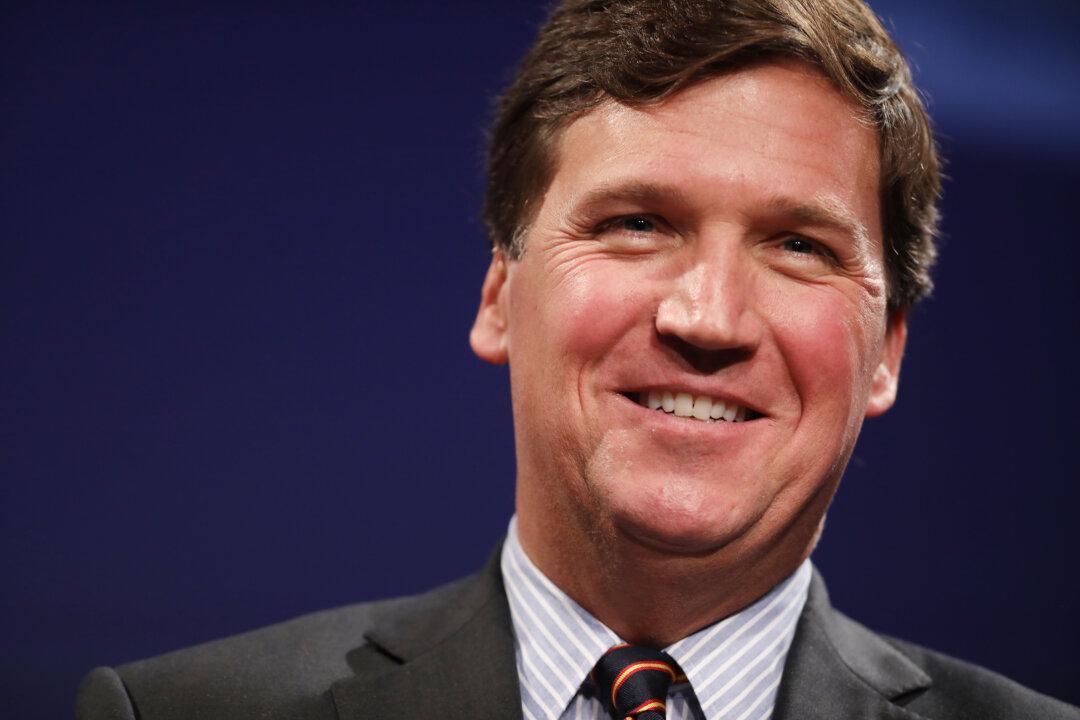Amid a growing push in Washington to subsidize domestic computer chip production so the United States can maintain its technological lead over China, a prominent former U.S. government scientist has warned that such a policy could be counterproductive and antithetical to American values.
Nineteen trade associations urged congressional leaders in a joint letter dated July 22 to pass the CHIPS for America Act—a bill that would allocate $52 billion for the promotion of the U.S. semiconductor manufacturing industry. The letter followed a House Subcommittee on Strategic Technologies and Advanced Research (STAR) hearing on microelectronics, at which multiple participants on July 20 also expressed support for the legislation.




